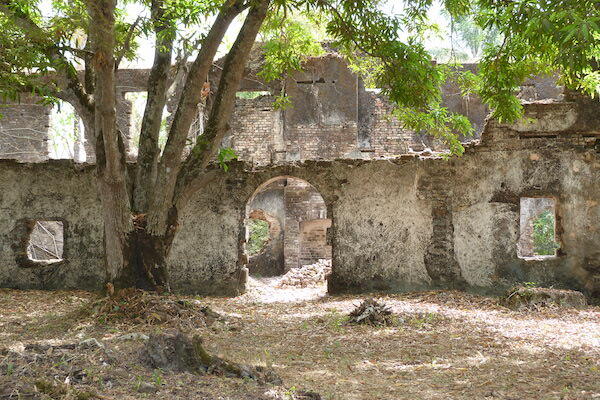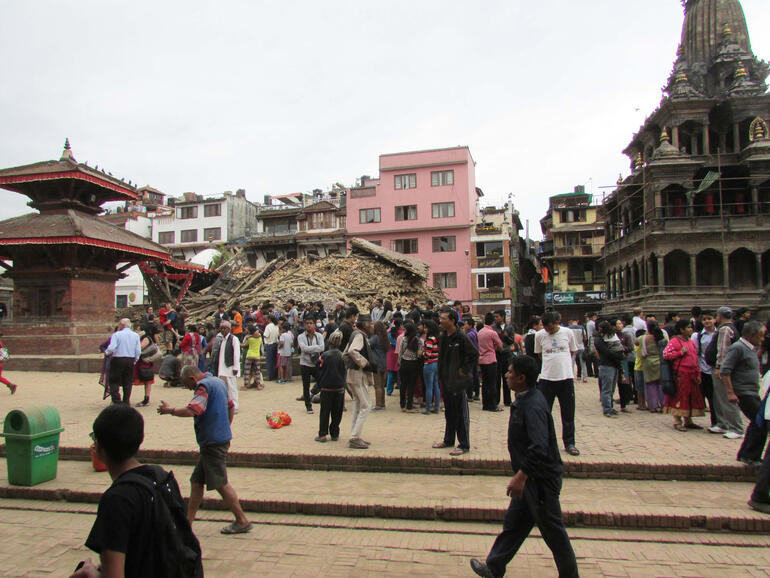
January
Char Narayan Temple
In January, WMF and the Kathmandu Valley Preservation Trust (KVPT) celebrated the completion of a five-year project to reconstruct Char Narayan Temple in Patan, Nepal.
After a devastating earthquake destroyed the temple in 2015, WMF partnered with KVPT to reconstruct it using salvaged materials and protect it from future seismic activity.
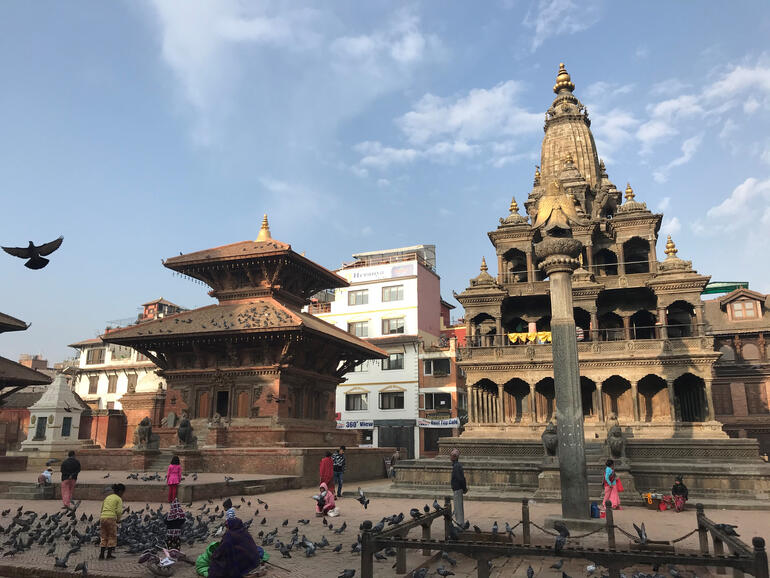
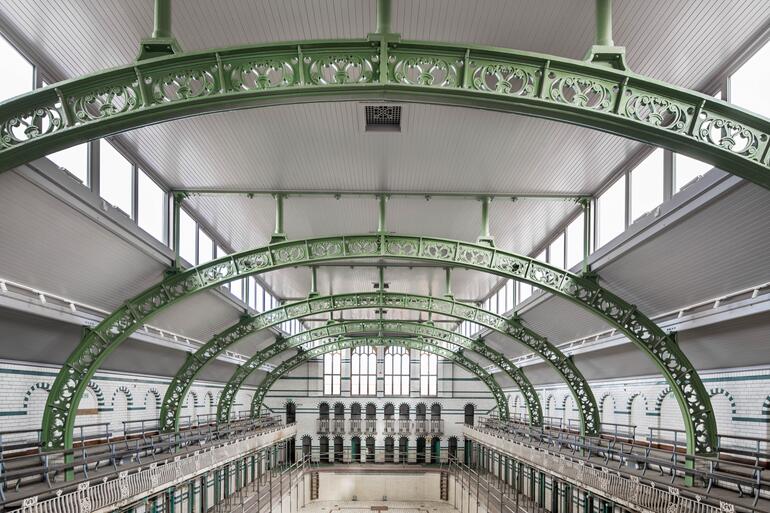
February
Moseley Road Baths
WMF celebrated a major milestone at Moseley Road Baths in Birmingham, United Kingdom when the scaffolding around the gala pool of this historic Edwardian swimming complex came down for the first time in 17 years.
Part of a coalition of organizations including National Trust and Historic England, WMF is hoping to transform this 2016 World Monuments Watch site into a thriving center of cultural and community activity.
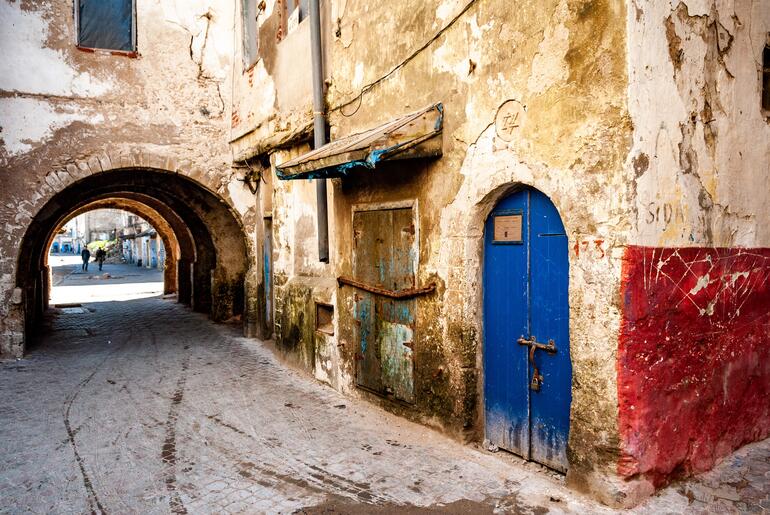
Jewish Quarter of Essaouira
We also launched The Untold Stories of the Jewish Quarter of Essaouira, a new interpretation project to document and map the vanishing history of this once vibrant, interfaith community in Morocco.
Through this program, WMF captured oral history in a digital format, inviting former and current community members to tell the world about Essaouira’s pluralistic history.
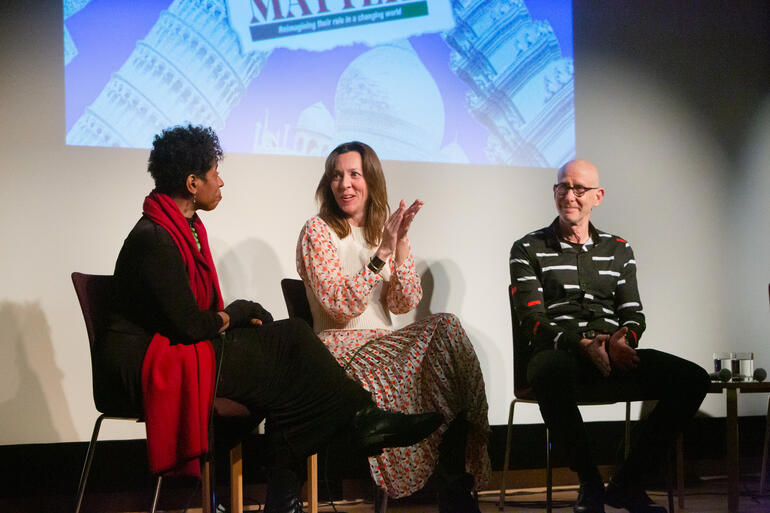
March
World Monuments Fund held its annual Paul Mellon Lecture, Do Monuments Matter?, featuring Vinnie Bagwell, Mark Jarzombek, Jenny Moore, and Erica Avrami.
The 2020 Paul Mellon Lecture, held in partnership with the Museum of the City of New York, discussed the role of monuments in contemporary society as well as the role that communities play in decision-making about monuments.
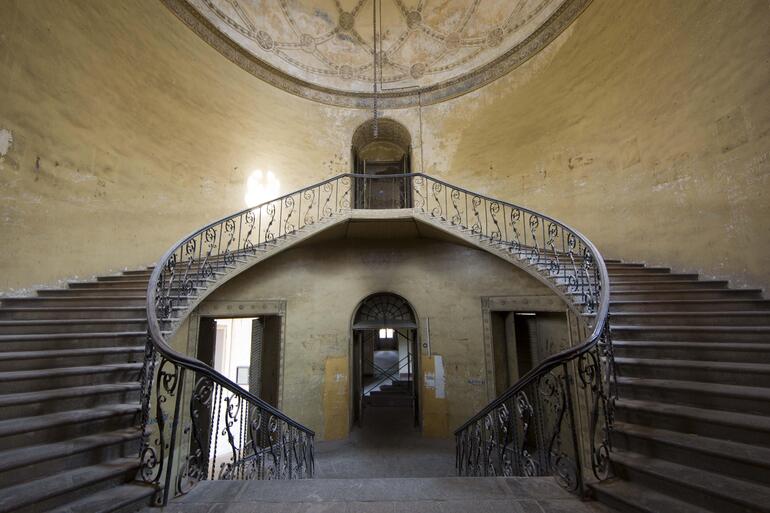
April
WMF launched the World Monuments Relief Fund, dedicated to assisting WMF staff around the world affected by the global COVID-19 pandemic.
With the help of supporters and partners, WMF was able to ensure teams in Myanmar, Iraq, Cambodia, and India stayed safe and employed.
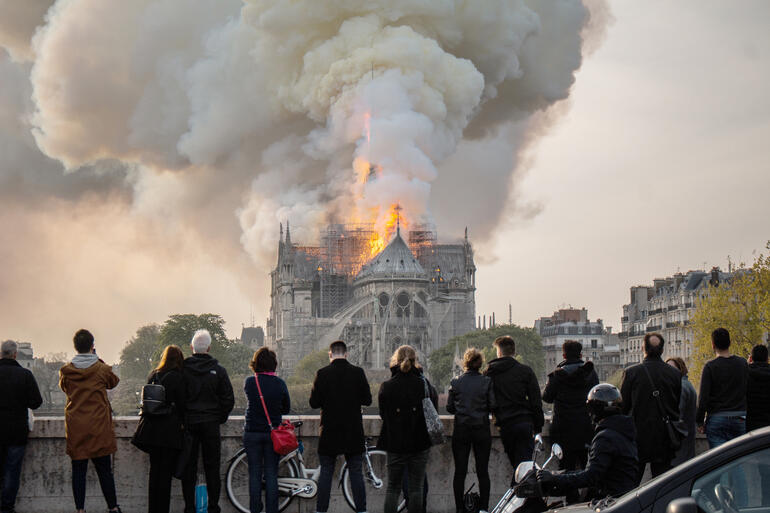
Notre Dame of Paris
WMF hosted Protecting Our Cultural Icons from Fire: Lessons Learned from Notre-Dame and Beyond, an virtual event co-presented with AIANY and the Center for Architecture.
Featuring Chris Marrion, founder of Marrion Fire & Risk Consulting, special expert for NFPA, Board Member of the National Fire Heritage Center, and an SFPE Fellow, the discussion centered on ways to better protect heritage everywhere from the devastating impact of fire.
WMF since published a compilation of resources on protecting historic buildings from fire for public use.
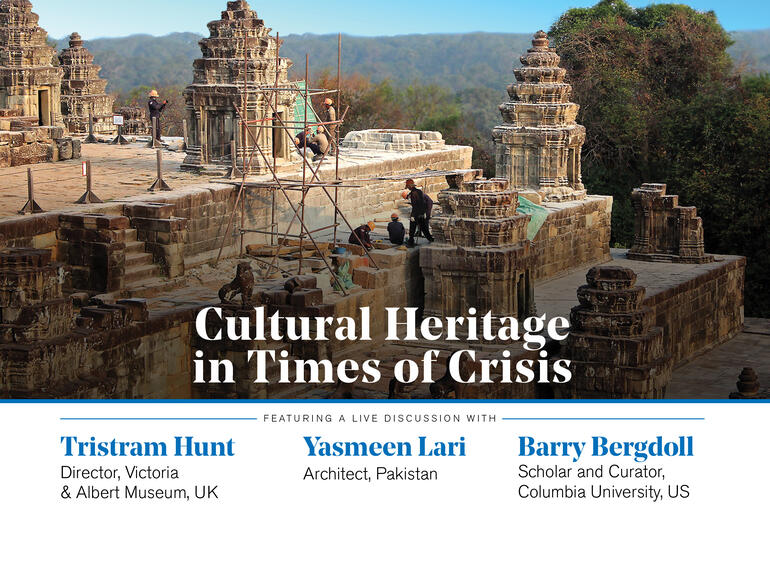
May
WMF’s 2020 Spring Spotlight: Cultural Heritage in Times of Crisis took place online for the first time. All proceeds were dedicated to the newly established World Monuments Relief Fund.
Hosted by WMF President and CEO Bénédicte de Montlaur, the talk focused on the role of heritage sites during the pandemic and as the world recovers.
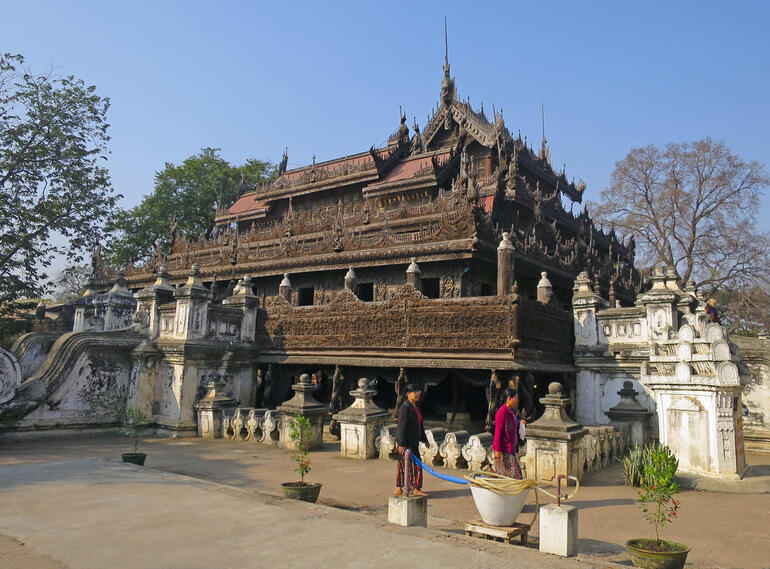
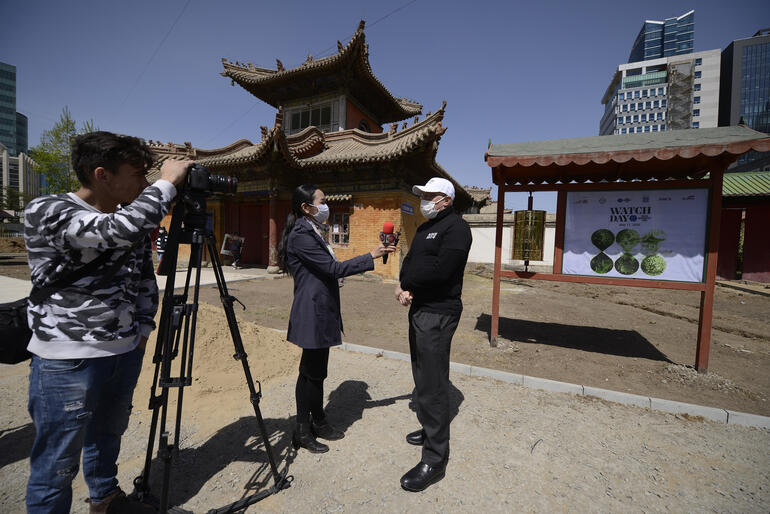
Choijin Lama Temple
Choijin Lama Temple, Ulaanbaatar, Mongolia, celebrated Watch Day, welcoming local high school students from the community for guided tours and an art workshop to promote Mongolian temple architecture. The event followed safe social distancing and safety measures.
Choijing Lama Temple was added to the 2020 Watch to lend support and visibility to efforts to design a master plan for conservation of the site, an early-20th century example of Chinese-style religious architecture and Mongolian Buddhism revival.
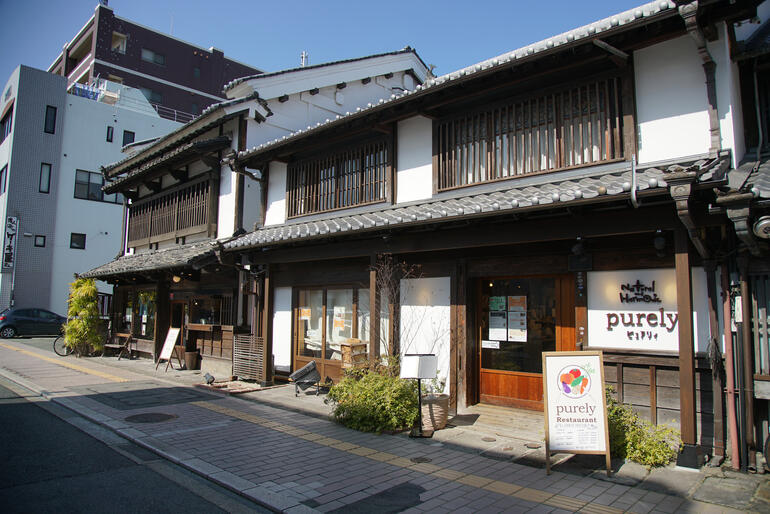
June
WMF celebrated the completion of a three-year project at Kumamoto Historic Castle Town in Japan. Working with the Kumamoto Machinami Trust (KMT) and the local community, we restored five historic structures damaged by a 2016 earthquake.
Supported by the Freeman Foundation, this project continues to serve as a model for our work to support communities whose treasured heritage assets are devastated by natural disaster.
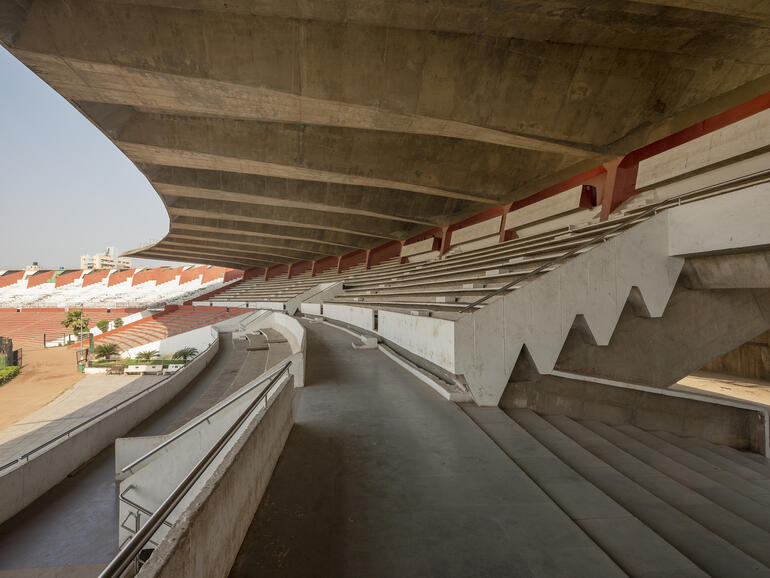
July
The Getty Foundation announced that Sardar Vallabhbhai Patel Stadium in Ahmedabad, India was among 13 significant 20th-century buildings that would receive $2.2 million in Keeping It Modern grants.
With Getty support, WMF will collaborate with a team of local experts to create a detailed plan to conserve the 2020 Watch site showing signs of deterioration, while increasing local knowledge regarding the care of exposed concrete buildings.

August
Bunce Island
WMF’s project at Bunce Island, Sierra Leone, was completed after 3 years of work.
Between the late 1600s and 1807, Bunce Island’s fortified British trading post served as an international trade center and the pass-over point for commercial ships transporting enslaved people to the West Indies and North America.
Over more than a century, an estimated 30,000 people were sent to slavery from Bunce Island.

September
American Express awarded $1 Million to WMF to support preservation efforts at seven diverse cultural sites included in the 2020 World Monuments Watch - Rapa Nui National Park in Chile; Inari-Yu Bathhouse in Japan; Bennerley Viaduct in the United Kingdom; Central Aguirre Historic District in Puerto Rico, United States; Canal Nacional in Mexico; Courtyard Houses of Axerquía in Spain; and Koutammakou, in Benin and Togo.
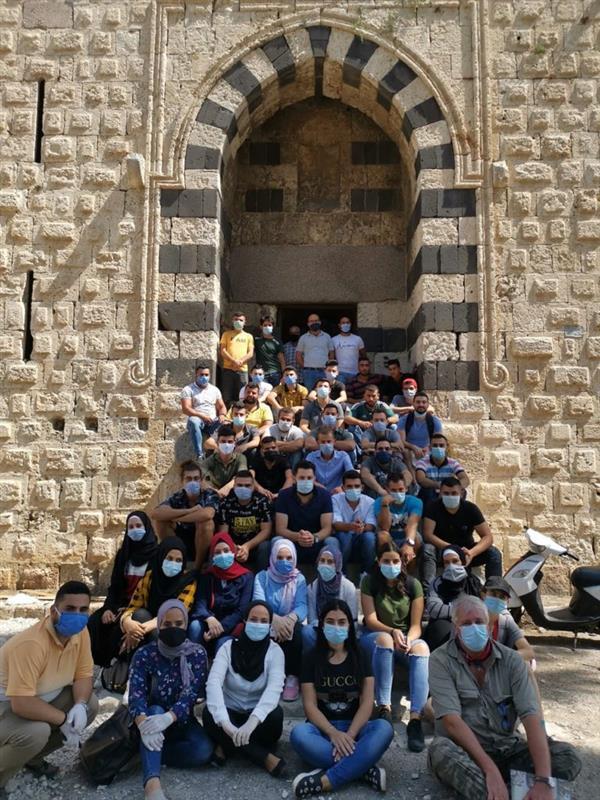
Capacity Building
New capacity-building programs launched at home and abroad.
Previously set in Mafraq, Jordan, WMF's stonemasonry capacity-building program launched at the Lion Tower of Tripoli, Lebanon, training new group of Syrian refugees and local Lebanese in the art of stonemasonry preservation.
Our Bridge To Crafts Careers (B2CC) program expanded for the first time since it was founded in 2015 to include landscape preservation at Woodlawn Cemetery in the Bronx, NY.
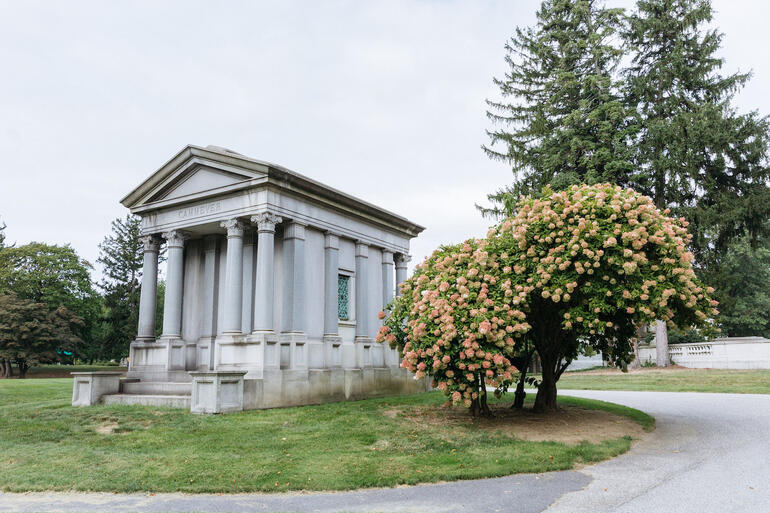
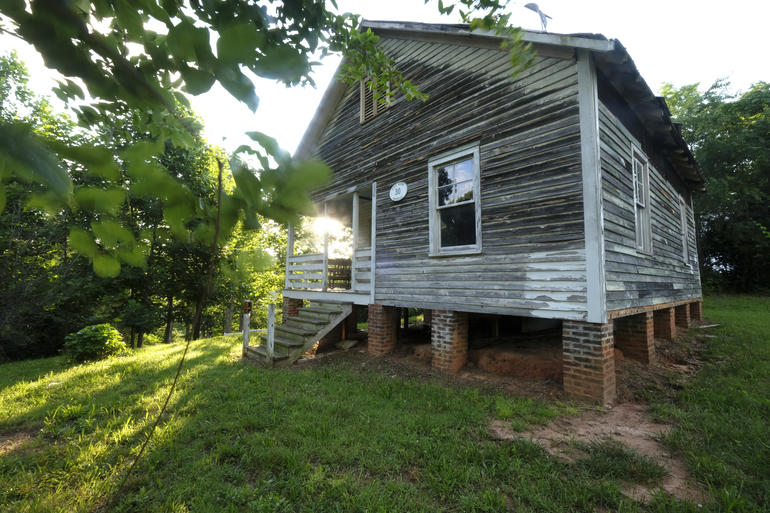
Nina Simone's Childhood Home
WMF, in partnership with the National Trust for Historic Preservation and North Carolina Preservation, secured a preservation easement to permanently protect Nina Simone’s childhood home. With the easement in place, the home is now protected indefinitely, with the agreement carrying forward to all future owners.

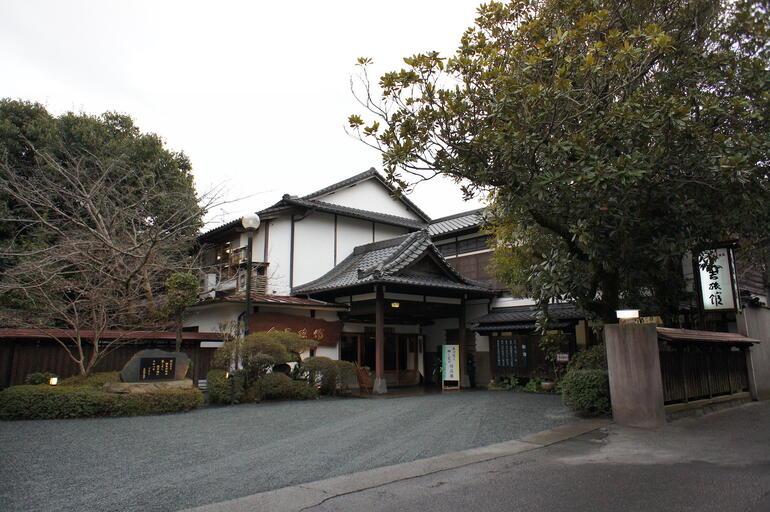
Crisis Response
After a 1934 historic Japanese hot spring inn, the Hitoyoshi Ryokan, was damaged by major flooding in Hitoyoshi, Japan, WMF announced a $10,000 grant through its Crisis Response Program, created to provide resources for early recovery actions at sites damaged by crises.
The grant is supporting the implementation of emergency works at the Hitoyoshi Ryokan by local students and the Kumamoto Machinami Trust.
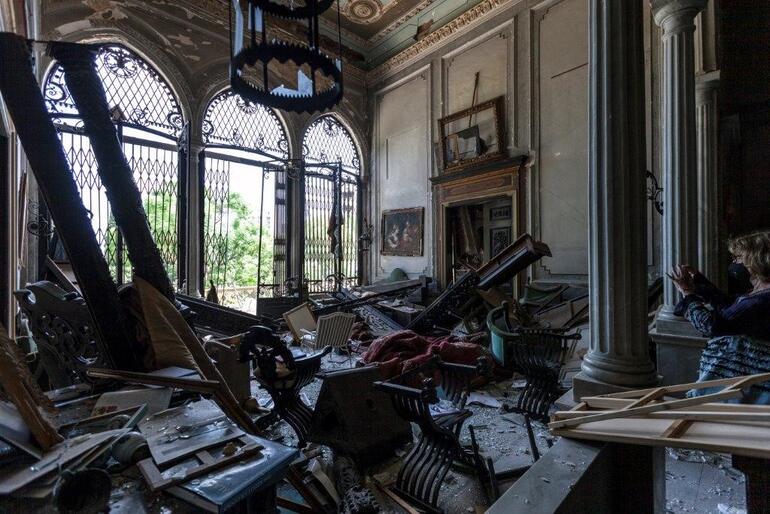
October
WMF expanded its public programming starting October, launching Heritage Now, a series of conversations at the nexus of history, culture and current global issues with top thought leaders, activists, artists, journalists, and politicians.
The series premiered with an event on Beirut’s unique history and heritage, and future models for protection and revitalization after the August 4 explosion.
A second event discussed international perspectives on the future of monuments with difficult pasts.
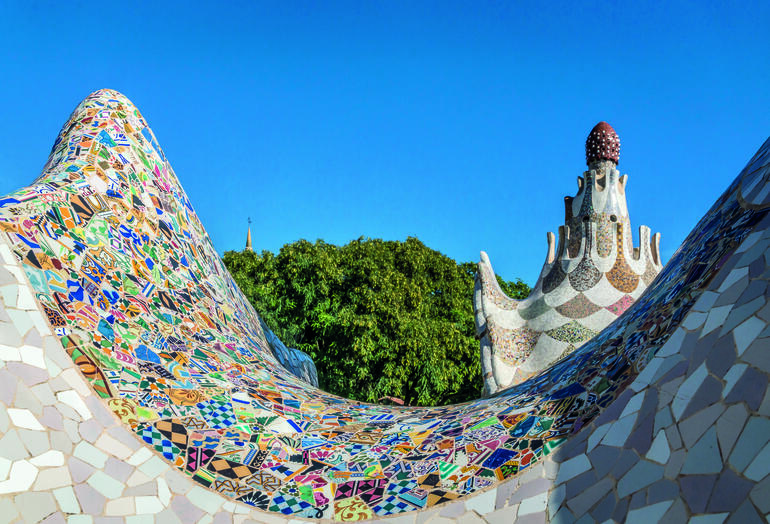
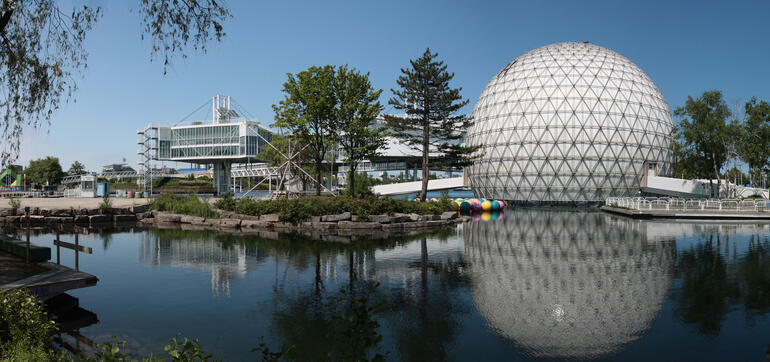
Ontario Place
WMF launched The Future of Ontario Place Project with the Daniels Faculty at the University of Toronto and the Architectural Conservancy of Ontario. The project aims to both grow awareness of the importance of Ontario Place as a cultural landmark and to protect the future of the 2020 Watch site.
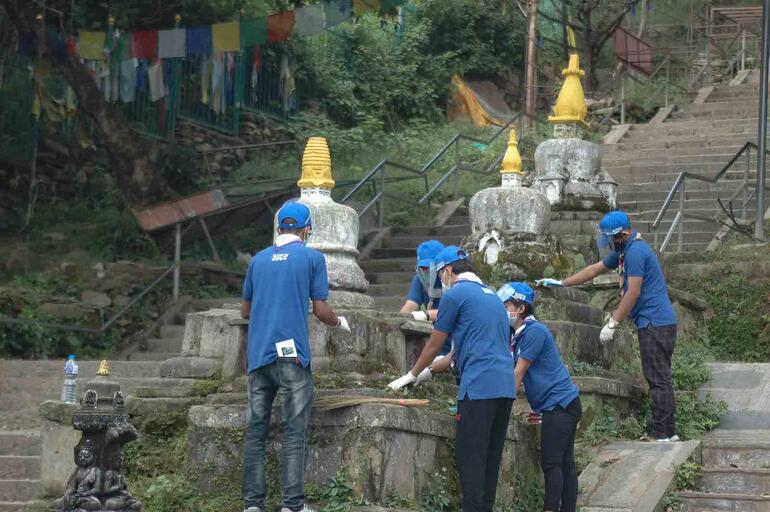

November
WMF announced a call for nomination for the 2022 World Monuments Watch.
The 2022 Watch cycle seeks to highlight projects with innovative solutions to some of the greatest challenges cultural heritage sites are facing today, particularly climate change, imbalanced tourism, and the need to amplify underrepresented voices and cultural narratives.
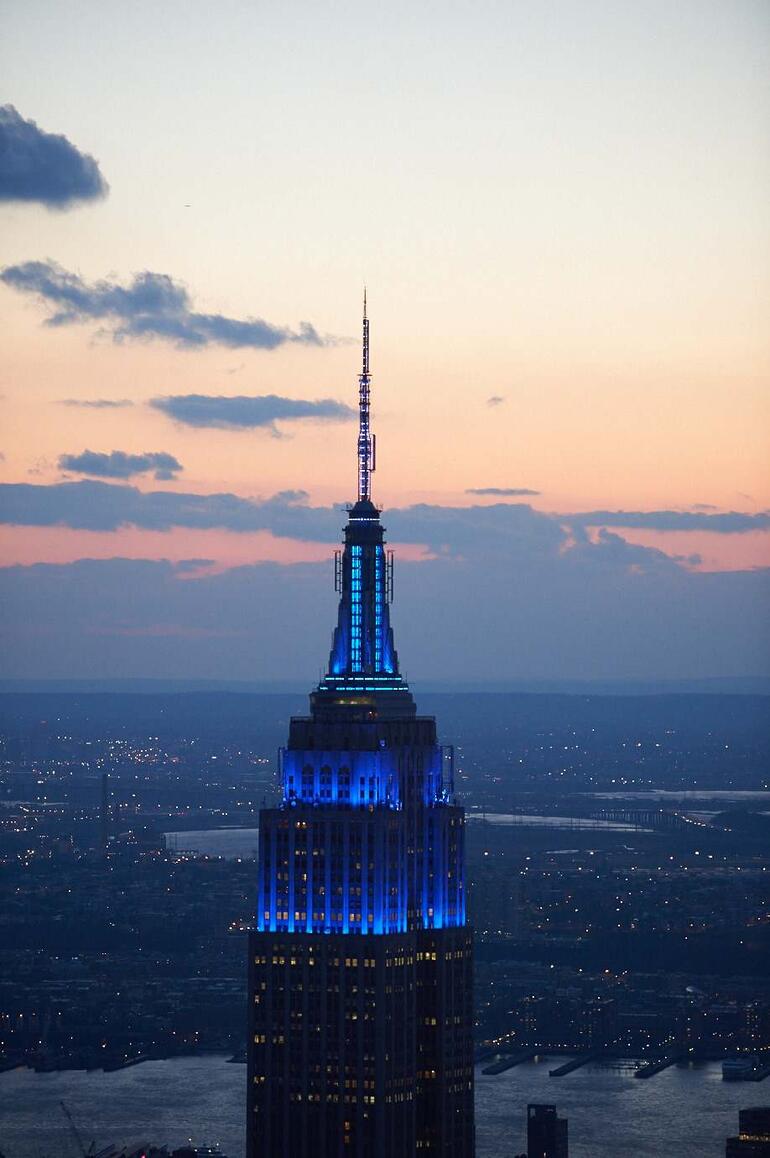
December
WMF celebrated its 55th anniversary with our first-ever virtual gala, Around the World in 12 Hours. Over 12 hours, guests and supporters toured a selection of WMF’s iconic sites over eight countries.
The Empire State Building in New York City, home to WMF’s headquarters, shone blue for the occasion.
We are full of determination and hope for 2021, a year which will bring its own share of achievements and milestones.
None of our 2020 highlights would have been possible without your help - thank you for your support.
Happy New Year!


